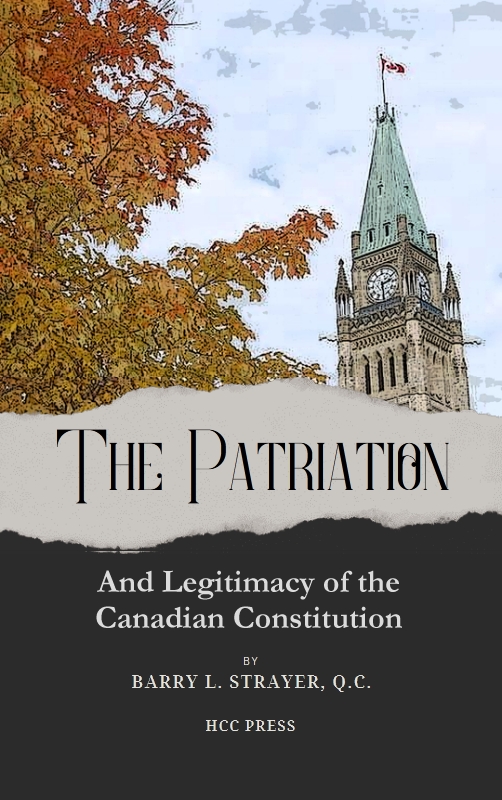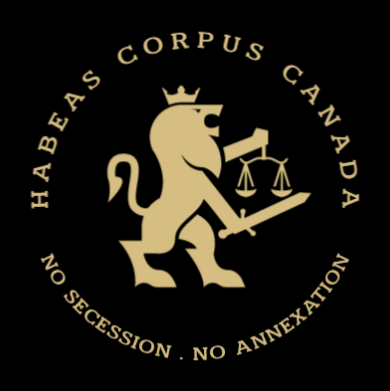began to talk about how to devise a constitution which would be “autochthonous” — that is, one which would appear to have sprung from Canadian soil. We worked out a scheme, with federal-provincial consultation and consultation in London with British officials, which we thought would meet the legal requirements but would not involve the United Kingdom Parliament enacting new constitutional provisions for Canada. This scheme was roughly as follows. Once agreement was reached at the Victoria Conference on the text of the Charter, it would be submitted to legislatures and the two Canadian Houses of Parliament. After it had been approved by all of these bodies, the United Kingdom Parliament would be asked to pass a short statute which would terminate its authority over Canada. This statute also would recognize the validity of the Victoria Charter as having the force of law in Canada once it was proclaimed here by the Governor General of Canada. That is, the Charter would nowhere appear in British legislation and it would not be enacted by the British Parliament. This procedure in London then would be followed by the Governor General of Canada issuing a Proclamation in Canada, bringing into force the Canadian Constitutional Charter of 1971.
We now know, of course, that because of Quebec’s ultimate rejection of the Victoria Charter this process came to nothing. Yet it is of interest to look back on this patriation scheme and to see the priorities of that time. Perfect political legitimacy was, presumably, to be achieved by the approval of the legislative assemblies of all provinces and the two Houses of Parliament. With the support of all these august bodies, who could question that such a constitutional Charter was the ultimate expression of the will of all Canadians? On the legal side, however, while the scheme almost certainly would have passed muster in court, it did not provide quite that perfect continuity which one associates with legal legitimacy. That is, the new constitutional provisions would not have been adopted by the body with the existing authority to amend our constitution. They would have been the autochtonous product of eleven Canadian legislative bodies, and would merely have been recognized by Westminster. Novel as this approach was for patriation, I can recall no serious criticism of it at the time even though there was serious criticism of the contents of the Victoria Charter. Perhaps one can venture the conclusion that the patriation scheme of that day could afford to be a bit weak on legal legitimacy because it was to be so richly endowed with political legitimacy. This is, perhaps, a further illustration of the point I made earlier — that one can always cure a bit of legal anemia with a good dose of political legitimacy.
The Victoria scheme remains something of an aberration in the long struggle for patriation. It did perhaps suggest that if Canadians were ever sufficiently united on patriation and what goes with it, they would not worry so much about legal details.

